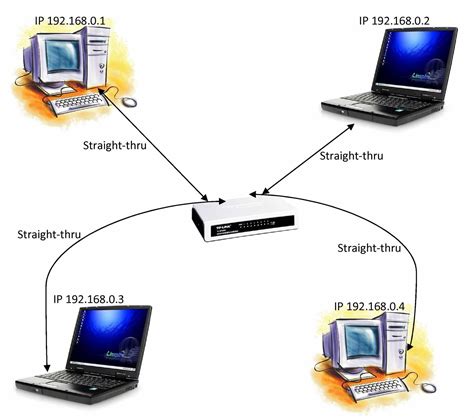وبلاگ
Ethereum: What are the options for pooling mining across multiple computers?
Distributed Mining Across Multiple Computers: A Comprehensive Guide
In recent years, mining has become a fundamental part of cryptocurrency operations. However, as the number of miners increases, ensuring the security and stability of the entire network has become increasingly challenging. In this article, we will explore various options for distributing mining activities across multiple computers.
Distributed Mining Overview
Distributed mining is a decentralized approach to cryptocurrency mining, where a large group of computers work together to validate transactions and create new blocks. This approach allows miners to share the computational resources and risks associated with mining, making them more efficient and cost-effective.
1. Option 2: Individual Mining on Multiple Computers
Individual mining involves running multiple instances of mining software (also known as “nodes”) on separate computers, each attempting to solve a mathematical puzzle to validate transactions and create new blocks. This approach requires:
- A large number of high-performance graphics cards (GPUs) or CPUs
- Significant computing resources
- A high-quality internet connection for communication between nodes
Option 2: Consolidation Mining
In consolidation mining, multiple individual miners are grouped into a single, larger miner that acts as the master node. This approach requires:
- A central server or hub to manage and communicate with all nodes
- A strong, stable internet connection for data exchange
- A robust network of local miners (nodes) that can connect directly to the consolidation server
Option 3: Distributed Mining Platforms
Distributed mining platforms are software solutions that allow multiple miners to operate on a single computer without sacrificing resources. These platforms typically include:
- Miner synchronization and management
- Blockchain data storage
- Transaction processing
Examples of popular distributed mining platforms:
- Armory
- Blockstream
- Binance Smart Chain (BSC) miners
- Tezos (XTZ) miners
4. Option 5: Mining-as-a-Service (MaaS)

MaaS is a business model that allows individuals or organizations to rent access to multiple mining hardware from a pool of miners. This approach provides:
- Convenience and scalability for small-scale mining operations
- Reduced capital and maintenance costs
- Ability to scale mining operations on demand
Option 5: Cloud Mining
Cloud mining involves renting computing resources (CPUs, GPUs, or T-SHards) from a cloud service provider on an on-demand basis. This approach is ideal for:
- Large-scale mining operations that require significant computing power
- Short-term mining needs with minimal setup and maintenance costs
Examples of cloud mining providers:
- Amazon Web Services (AWS)
- Google Cloud Platform (GCP)
- Microsoft Azure
Multi-node contribution capabilities
When distributing mining operations across multiple computers, it is essential to consider the following requirements:
- Node verification: Ensure that all nodes can participate in validating transactions and creating new blocks.
- Consensus mechanism: Implement a reliable consensus algorithm (e.g. Proof of Stake (PoS), Proof of Work (PoW)) to prevent a single node from dominating the network.
- Network Security: Secure communication between nodes using encrypted channels or secure communication protocols.
- Power and Cooling Management: Manage power consumption and maintain stable temperatures across all nodes.
To address these concerns, consider the following strategies:
- Use a distributed mining platform with built-in security features, such as multi-signature wallets and encryption mechanisms.
- Implement a robust consensus algorithm that is resistant to centralization and attacks.
3.



